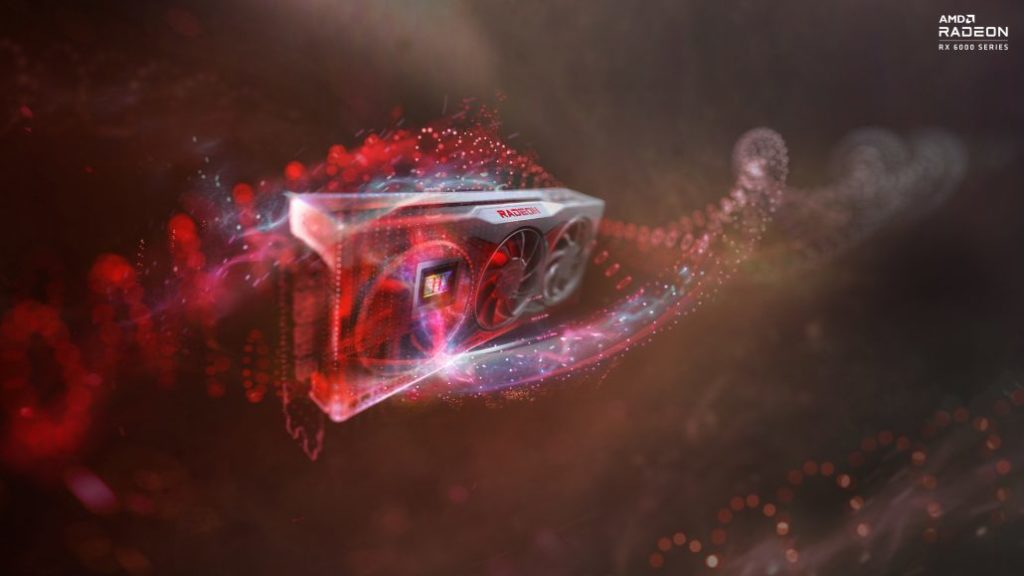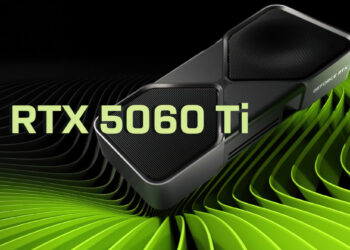AMD has added a new ray-tracing library to the Heterogeneous Interface for Portability, or HIP, with HIP RT (Ray Tracing). HIP RT makes creating a ray tracing application in the HIP easier by using a library and API designed to be simple and easy to integrate into any existing HIP application.
HIP RT is constructed in a unique approach that eliminates the need to understand a variety of next-generation kernel types. New object types in HIP RT include hiprtGeometry and hiprtScene. The programme generates the data structure and then enacts it to the HIP kernel when the geometric data is communicated to HIP RT. The device-side library API will be able to perform an intersection test as a result of this.
This new tech from AMD allows developers to take full advantage of the Ray Accelerators’ ray tracing capabilities in AMD RDNA 2 GPUs. Hardware ray tracing acceleration is supported by AMD RDNA 2 graphics processors to reduce render times. Previously, HIP-enabled applications did not have access to the hardware acceleration.
Since this is the initial release for the new ray-tracing acceleration technology, AMD has added a few basic features that are required for ray-tracing capabilities.
Here are the features of the AMD HIP RT Library:

Scenes are made up of a lot of meshes in general. HIP RT’s primary primitive from which we develop hiprtGeometry is the triangular mesh. Developers can use hiprtScene support to build an acceleration structure on top of triangular meshes to better find a mesh, especially when a ray is bisecting many meshes. Developers will have a simpler time locating the closest ray hit or capturing all ray hits. Transparencies and shadows can benefit from this method.
To construct the ray-tracing acceleration, HIP RT creates an acceleration structure in the library. The new acceleration programme offers a variety of options, including the ability to employ a specific format that the customer requires, allowing for greater flexibility. Users can opt for a higher-quality build that takes longer to complete, resulting in a higher-quality data structure that improves the efficiency of individual ray tracing queries.
HIP RT can be used by advanced users to load independently created bounding volume hierarchies (BVH), which HIP RT can utilise to complete the intersection on the GPU. This is exclusive to HIP RT and not available in any other ray tracing API.
Also Read:
Apple continued its high Mac Shipments in Q1 2022 Amid a Worldwide PC Shipment Decline








